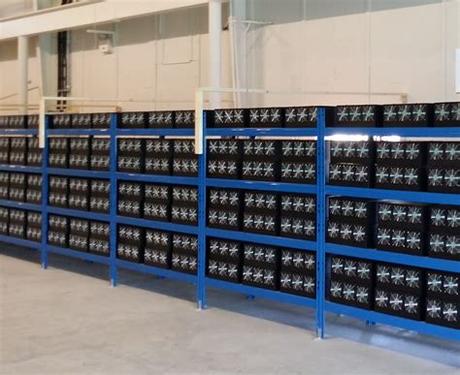

Other component shortages or price hikes, such as the rise in copper prices, have caused problems in making antennas. Helium routers use Raspberry Pis as the computer inside, and Marcelino says that it can be hard to get those boards quickly, so plans to allow more computers to run the HNT algorithms would help speed up the ability to provide miners. The component storage has also caused problems. Jose Marcelino, a solutions architect with RAK, says that the company has doubled the number of miners it has made, but demand from companies that buy miners in bulk means consumers are stuck waiting for a long time. For example, my colleague Kevin ordered Helium miner back in March, which he is still waiting for. The new devices are RAK’s answer to the high demand for Helium miners as the price of the Helium Network Tokens rise and chip shortages make it impossible get fulfill orders in a timely manner. But casual consumers hearing tales of Helium riches should check out the coverage maps and expect much less if they buy the MNTD device today. I don’t mind, as I plugged the device in because I want to see a low-cost LPWAN available for IoT devices such as trackers, open close sensors, weather stations, and more. This is a function of changes to the network and a nearby neighbor setting up their own hotspot. In the last few months, the number of HNTs mined by my hotspot (which is one of the original Helium branded hotspots manufactured by RAK) has gone from mining several HNTs a week to mining one or even less. This is not an encouragement to purchase the devices. Here’s where I should tell you that I own and Helium hotspot and have unwittingly mined thousands worth of HNTs. The new Minted Miners resemble the original Helium miner packaging. Thus, the price of HNT’s should reflect demand for the network.

These HNTs are used by companies that want to use the Helium LoRa network to buy data credits for their devices. In exchange for the use of the home Wi-Fi, Helium miners mint Helium Network Tokens (HNTs).

LoRa provides long-distance coverage of up to a few miles for very small bits of data. Each miner sits on a Wi-Fi network creating part of a LoRa mesh network (using the consumer’s Wi-Fi for backhaul to the internet). Helium is building out a peer-to-peer distributed low-power wide-area network for the IoT by using a cryptocurrency to reward people for hosting hotspots on their Wi-Fi networks. This is the second consumer-oriented miner for the Helium network after last week’s launch of a window-mounted mining device called Finestra, and a mark of the growth of the Helium LoRaWAN network and business model. The big bonus for Helium fans is that the miner/hotspot will ship two weeks after it is ordered, with customers only allowed to order when inventory is available.

The device is called MNTD, and it will cost $400. RAKwireless, which makes IoT gateways and hotspots for Helium’s IoT network under the CalChip brand, is launching a new Helium hotspot and miner designed for the mainstream consumer.


 0 kommentar(er)
0 kommentar(er)
